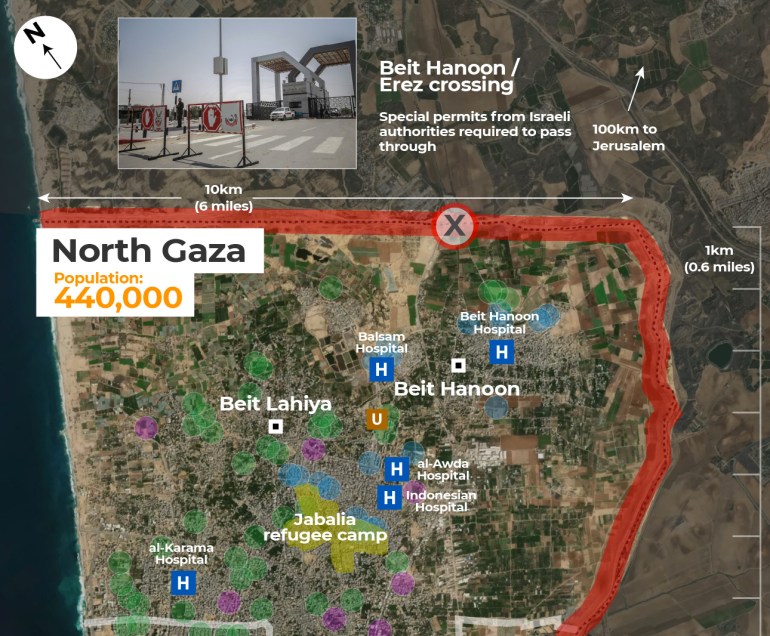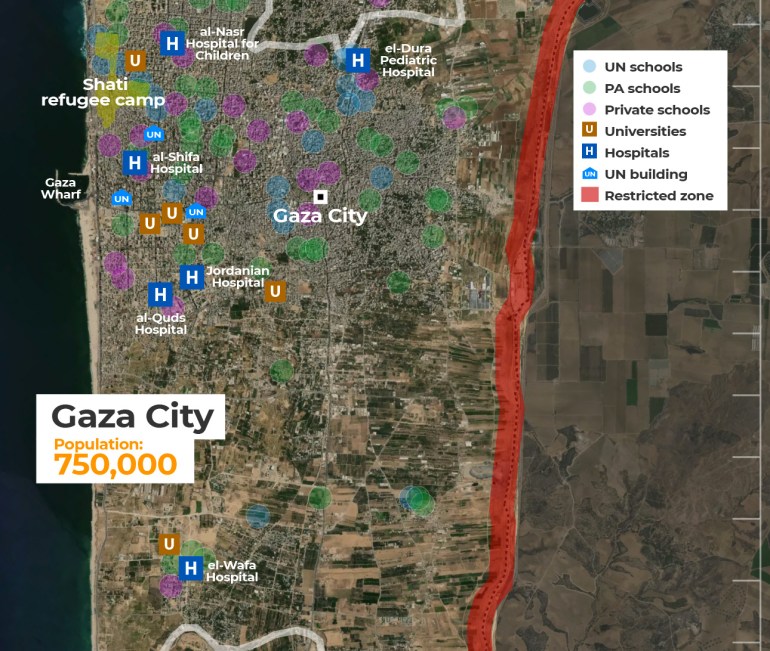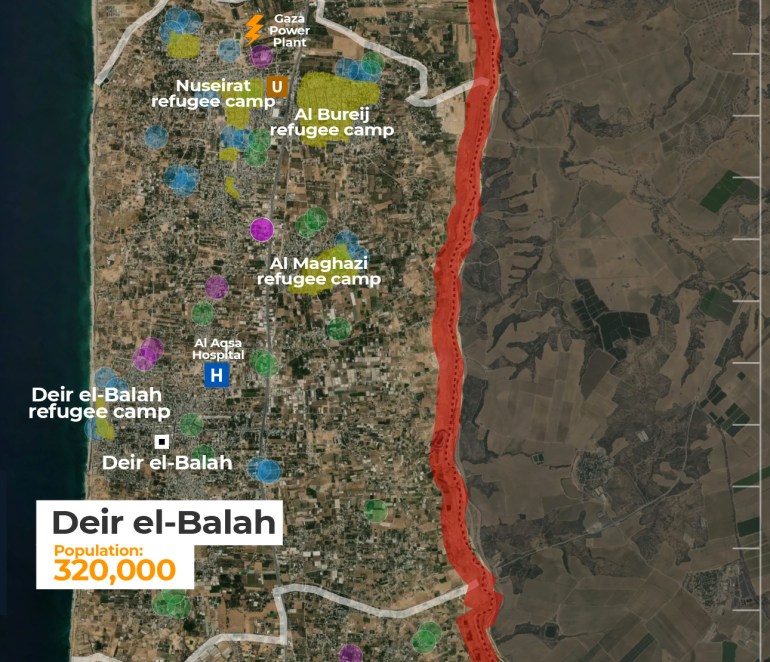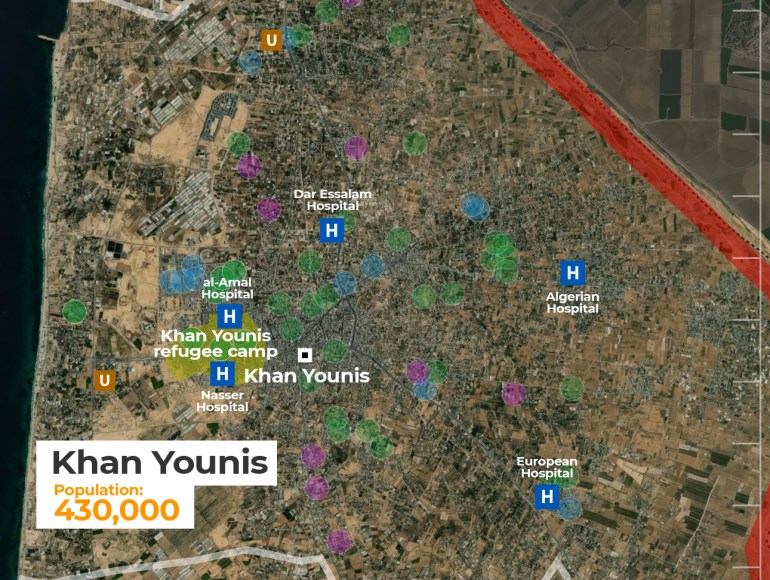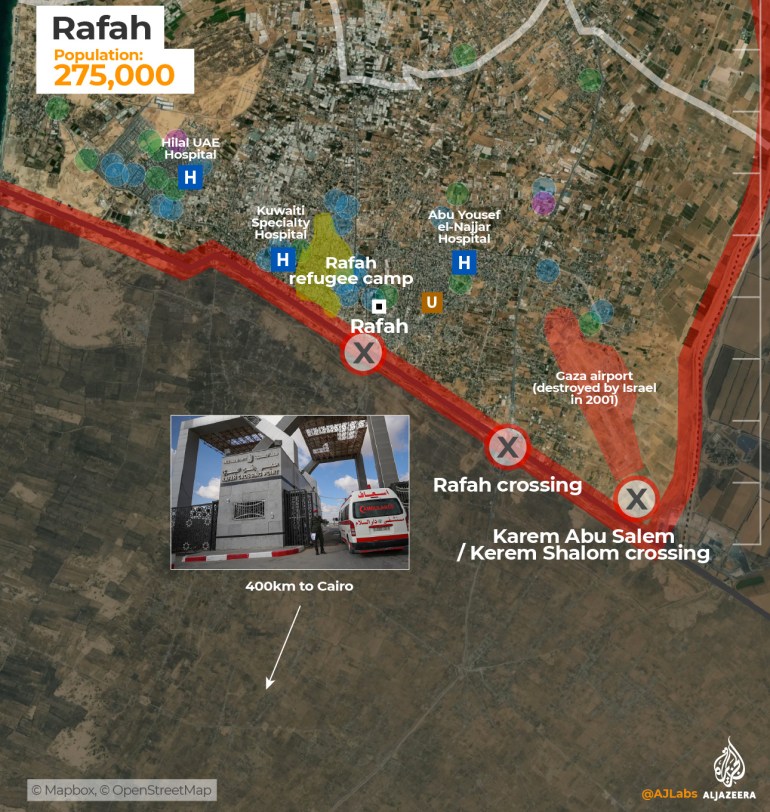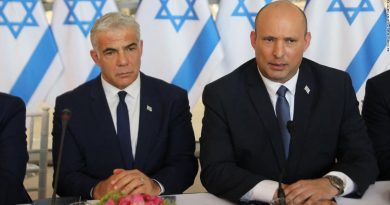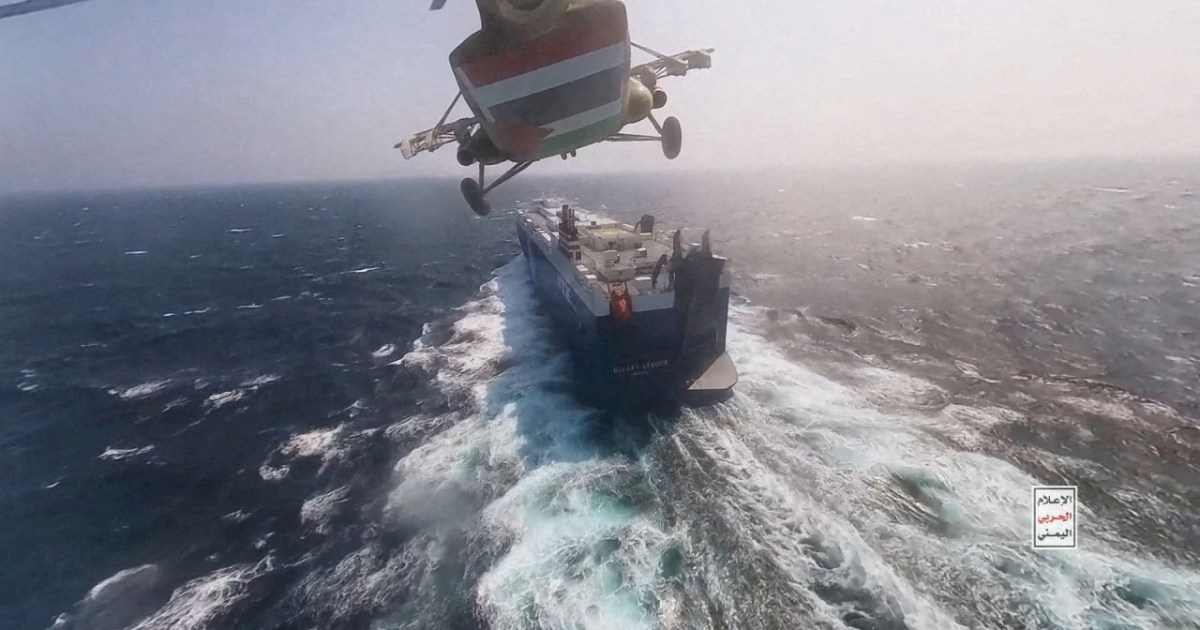Israel-Hamas war in maps and charts: Live Tracker
Israel has pounded the Gaza Strip for a second night in a row after formally declaring war against Hamas, the Palestinian group running the besieged enclave that launched a large-scale attack against Israel on October 7. The Israeli army says some 100,000 reserve troops have amassed near the fence with Gaza.
The latest death toll stands at 493 Palestinians, according to health officials, and more than 700 Israelis, according to media reports.
Israel’s health ministry says 2,382 Israelis have been treated in hospitals, while the Gaza-based Ministry of Health reports that more than 2,300 people there have been wounded.
![]()
Sixteen years of Israeli blockade
Gaza has a population of about 2.3 million people living in one of the most densely populated areas in the world. Located between Israel and Egypt on the Mediterranean coast, the strip is about 365sq km (141sq miles).
Since 2007, Israel has maintained strict control over Gaza’s airspace and territorial waters and restricted the movement of goods and people in and out of Gaza.
Following Hamas’s attack, Israeli Prime Minister Benjamin Netanyahu has threatened to turn Gaza into a “deserted island” and warned its residents to “leave now”.
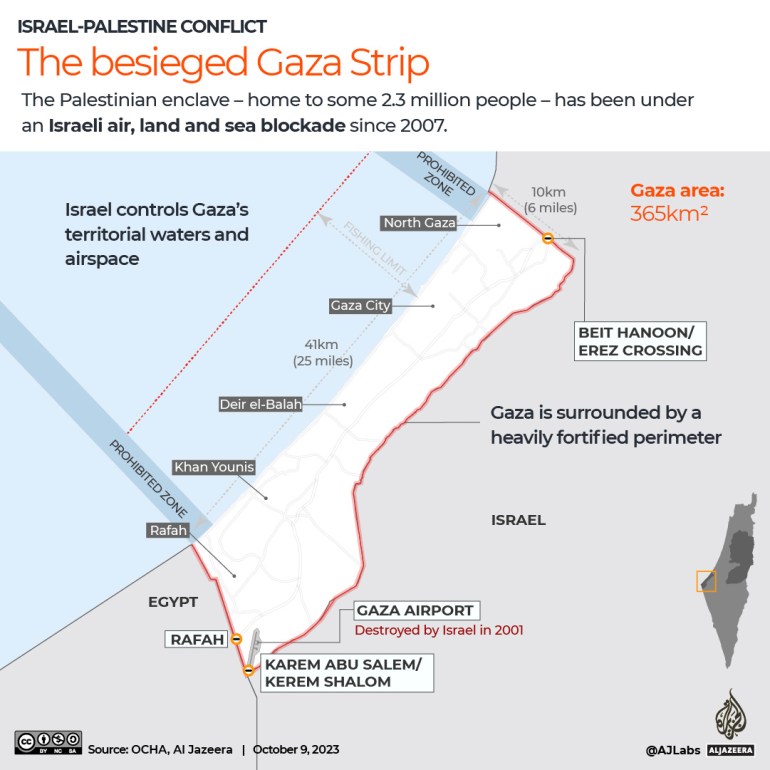
How the Hamas attack unfolded
On Saturday morning, at about 6:30am (03:30 GMT), Hamas fired a huge barrage of rockets into southern Israel with sirens heard as far away as Tel Aviv and Beersheba.
The group said it launched 5,000 rockets in the initial barrage. Israel’s military said 2,500 rockets were fired.
About an hour later, fighters crossed into Israel in an unprecedented multipronged operation through land, air and sea. Most fighters entered through breaches in security barriers separating Gaza and Israel.
Hamas’s surprise attack came after Israeli settlers stormed the Al-Aqsa Mosque compound in recent days and a record number of Palestinians were killed by Israel in recent months.
At 9:45am (06:45 GMT), blasts were heard in Gaza and at 10am (07:00 GMT) Israel’s military spokesperson said the air force was carrying out attacks in Gaza.
Gun battles continued between Israeli forces and Palestinian fighters in several areas of southern Israel.
Israeli air attacks continued late into the night as did rocket fire into southern Israel.
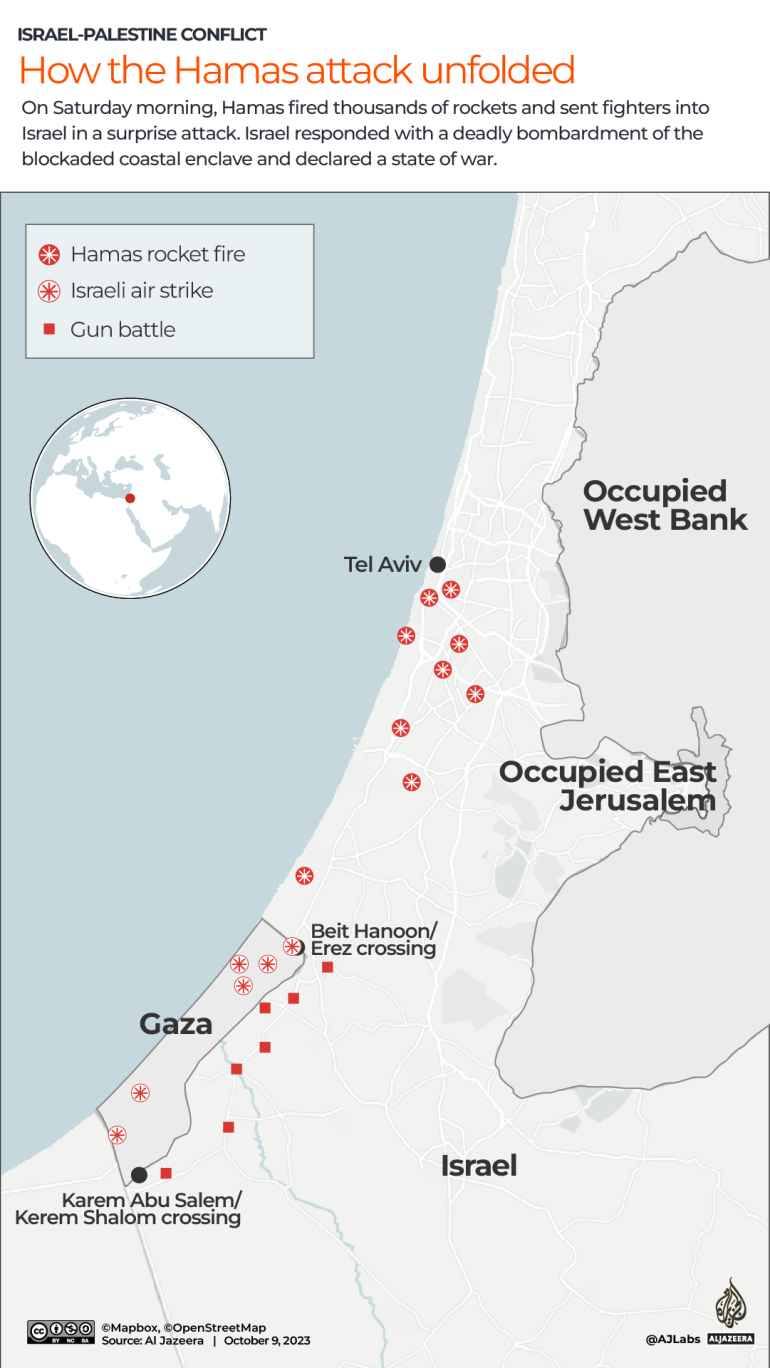
Gaza’s densely populated neighbourhoods
The Gaza Strip comprises five governorates: North Gaza, Gaza City, Deir el-Balah, Khan Younis, and Rafah.
North Gaza extends for 10km (6 miles) and shares the only crossing into Israel through Beit Hanoon, also known as the Erez crossing.
North Gaza is home to the Jabalia refugee camp, the largest in the Strip.
Gaza City is the largest and most populous city within the Gaza Strip, with more than 750,000 residents. Rimal, Shujaiya and Tel al-Hawa are among its most well-known neighbourhoods.
At the heart of the Rimal neighbourhood is al-Shifa Hospital – the largest medical facility in the Gaza Strip.
Deir el-Balah is one of Gaza’s largest agricultural producers. It is also home to four refugee camps: Nuseirat, al-Bureij, al-Maghazi and Deir el-Balah.
Gaza’s only operating power plant is located along the district’s boundary with Gaza City.
Khan Younis is home to some 430,000 people. At its centre is the Khan Younis refugee camp, where about 90,000 people live.
Rafah is the southernmost district of Gaza with a population of about 275,000. Rafah is also the name of the crossing with Egypt that is located here.
Both Israel and Egypt have kept their borders largely shut, and are responsible for further deteriorating the already weakened economic and humanitarian situation.
